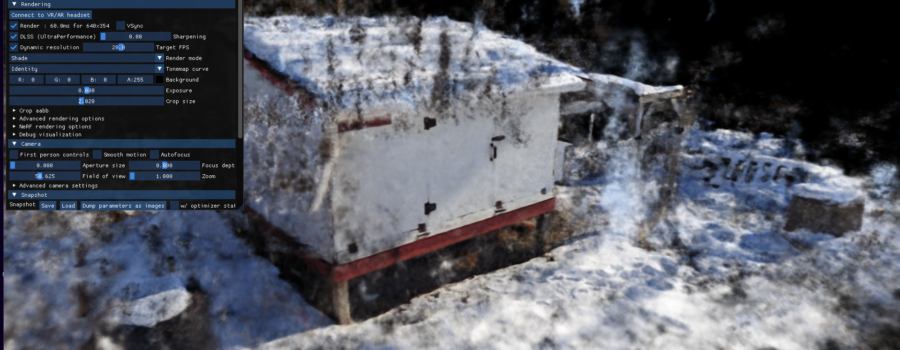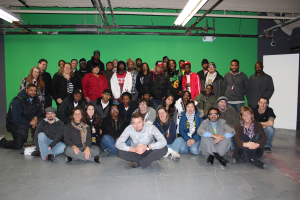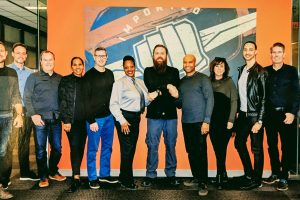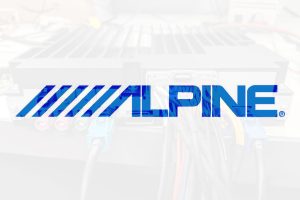For several projects, I successfully used photogrammetry for Immersive Experiences. I scanned and integrated 3D assets into virtual reality environments, enhancing the immersive quality of the training experience. These highly detailed assets provided users with a realistic sense of interacting with tangible, physical objects, elevating the overall engagement and authenticity of the virtual environment.

While testing the latest NeRF software, I was impressed by its ability to capture intricate details using only a small dataset of images. I successfully created a highly detailed digital twin 3D model with fewer than 50 source images. With a larger dataset and consistent lighting, the software’s potential to generate exceptionally realistic and detailed models becomes even more apparent.
I experimented with several different technologies to develop these 3D assets, exploring the strengths and weaknesses of each platform. While each had its unique advantages and limitations, all demonstrated the ability to produce impressive results.
Quick Photogrammetry Scans for 3d Model Generation

Evinrude Boat Motor

Solar Battery Box


The Future of the Photogrammetry
The future of photogrammetry for digital twins is advancing rapidly, driven by improvements in AI, machine learning, and sensor technologies. Photogrammetry is becoming faster, more accurate, and accessible, enabling the creation of highly detailed 3D models from simple imagery captured by drones, smartphones, or satellites. As automation and real-time processing capabilities improve, digital twins will not only replicate static environments but also update dynamically, reflecting real-world changes instantly. This evolution will revolutionize industries such as urban planning, construction, and environmental monitoring, where live, interactive 3D models can enhance decision-making and predictive analysis. The integration of photogrammetry with augmented reality (AR) and virtual reality (VR) will further transform how we visualize and interact with digital twins, making them indispensable for immersive experiences and next-generation solutions.
Some of the most effective tools I’ve discovered for creating 3D models from physical objects include:
Scaniverse
Reality Capture
Meshlab
Meshroom
nVidia Instant NeRFs
GraphDeco-Inria Guassian Splatting







